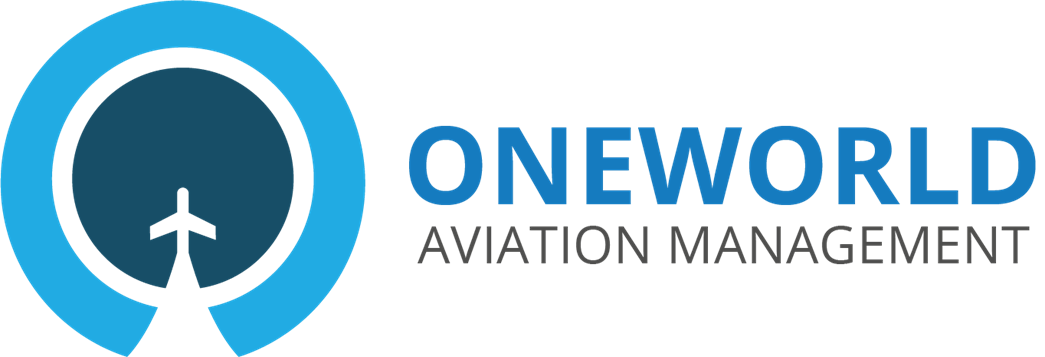Aircraft Asset Management
A significant and not un-noticed Achilles heel to the majority of aircraft owners is the lack of regular interface with the lessee / user and a failure to undertake due diligence, operational standards audits and appraisals on the carriers / users throughout the full term of the lease period.
A further weakness is that within the majority of asset owning organisations there is a lack of operational, commercial, technical aviation experience and qualifications.
The full ramifications of which are that warning signs of poor operator performance within the commercial, operations and engineering divisions of a carrier go unobserved until the situation runs critical.
A basic and incorrect assumption made is that any redress of grievance would be resolved either by persuasion or through a legal process. However, the globe is littered with failed carriers and grieving Lessors who wear the scars of bankrupt carriers, repatriated abused neglected assets, reserves payment shortfalls, outstanding lease payments and impounded assets pending release by the liquidators and courts.
Litigation is expensive and in the case of a bankrupt, liquidated or insolvent company it is an almost fruitless task shadowed by loss of revenues where assets are impounded. Default Management is costly and time consuming and can be avoided by a more proactive approach.
In specific, the asset owners need to focus regularly on: –
- Verification and monitoring of “on time” payments for aircraft reserves and lease payments
- Maintenance mirroring to ensure all required activity is duly carried out on time and within budget
- Non-competitive purchase of components by the lessee which contributes to the rapid depletion of reserves. This subsequently creates financial shortfalls where the Lessor can find itself digging deep into its pocket to compensate for.
Comprehensive and regular un-announced Audits and checks of the operator / lessee that encompass scrutiny and reporting on need to be contracted oversight management to include :-
- Asset inspection – Survey
- Operational Appraisals
- Technical appraisal
- Asset condition and status
- Aircraft inspections & Audits
- Assessment of available tools, services and facilities
- Financial performance
- Quality & Safety Management Audits
- Lessor management competence
- Having available specialist technical support to expedite repossession and recovery of assets where clients are found less than fit to continue operating the aircraft
The more proactive Lessor / asset owner would also consider more intrusive oversight prevention methods by:-
- Maintenance and technical records mirroring,
- Maintenance tracking, and planning & monitoring of AWN / SB compliance and component tracking
- Real time financial performance monitoring
- The provision at the cost of the lessee of an on-site Field Representative.
